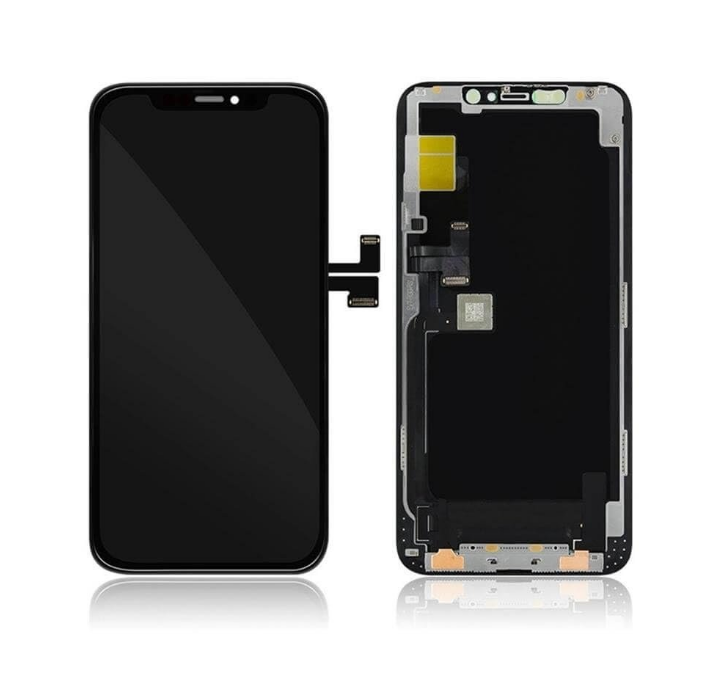How to Troubleshoot Common Touch Screen Issues
Touch screen issues are among the most common problems users encounter with their smartphones, tablets, and other mobile devices. These issues can disrupt your user experience, making it difficult to navigate, respond to commands, or even use essential apps. Thankfully, many mobile troubleshooting methods can help identify and resolve these problems. Whether you’re dealing with an unresponsive touch screen, erratic behavior, or distorted visuals, it’s important to know how to diagnose and fix these issues efficiently.
Causes of Touch Screen Issues
Several factors can lead to touch screen issues, ranging from software glitches to physical damage. If your device suddenly becomes unresponsive, it’s essential to pinpoint the root cause. Mobile troubleshooting often starts with checking for software updates, as outdated software can cause various touch screen malfunctions. Additionally, a build-up of dirt, grease, or moisture can impact screen sensitivity. In more severe cases, drops or pressure on the device might lead to screen damage, which affects touch response.
hellosubsist | tradestrace | thrivewellfit | iamshealthynaturals | spintowingames
How to Perform Mobile Troubleshooting for Unresponsive Screens
When dealing with an unresponsive screen, there are several mobile troubleshooting steps you can take. Start by restarting your device. A simple reboot can solve many minor software glitches causing touch screen issues. If that doesn’t help, try recalibrating the touch screen through your device’s settings. For Android and iOS, recalibration options are sometimes hidden in developer settings, so you’ll need to enable those first. If the screen remains unresponsive, consider disconnecting any external devices like a Bluetooth keyboard or headphones, as they can interfere with touch functionality.
Check for Software and App Conflicts
One of the most common causes of touch screen issues lies in app conflicts or a software malfunction. If you notice that the problem occurs only while using specific apps, it could be a sign of an app conflict. To resolve this, try clearing the app cache or uninstalling and reinstalling the app. If the issue persists, check for system updates. Sometimes, mobile operating systems release bug fixes that address touch screen issues, and keeping your software up to date is key to smooth performance.
Assessing Physical Damage
In some cases, physical damage is the culprit behind touch screen problems. Dropping your device or subjecting it to extreme conditions can result in a cracked or damaged screen. If you notice visible damage such as cracks or discoloration, the issue is likely hardware-related. In such cases, mobile troubleshooting is limited, and a screen replacement may be necessary. You can assess the damage by carefully inspecting the screen for cracks or areas that feel uneven or dimmer than others.
Resetting Your Device to Factory Settings
If you’ve exhausted other mobile troubleshooting techniques without success, you may want to perform a factory reset. This action will restore your device to its original settings and remove any software glitches that might be causing touch screen issues. However, it’s important to back up your data before proceeding, as a factory reset erases everything on the device. Once the reset is complete, test the screen again to see if the issue has been resolved.
Cleaning Your Device’s Screen
Sometimes, touch screen problems are due to simple cleanliness issues. Dirt, oil, and moisture can accumulate on the screen, leading to inaccurate touch responses or even making the screen feel sluggish. Using a microfiber cloth, gently clean the screen in circular motions to remove any debris. Avoid using harsh chemicals or abrasive materials that could damage the screen. Keeping your device clean is a proactive way to prevent touch screen problems from arising in the first place.
pokerblogsite | Onlinejackpotss | loansmt | vuepella | limitlessbeliefsnews
Conclusion
Touch screen issues can be frustrating, but with the right mobile troubleshooting techniques, most problems can be resolved without too much hassle. Start by investigating software issues, performing basic resets, and checking for physical damage. Keeping your device clean and up-to-date also helps prevent touch screen problems. If all else fails, don’t hesitate to seek professional assistance to ensure that your mobile device functions smoothly, visit RepairFully.com, where you can find a reliable solution to any touch screen issue.

